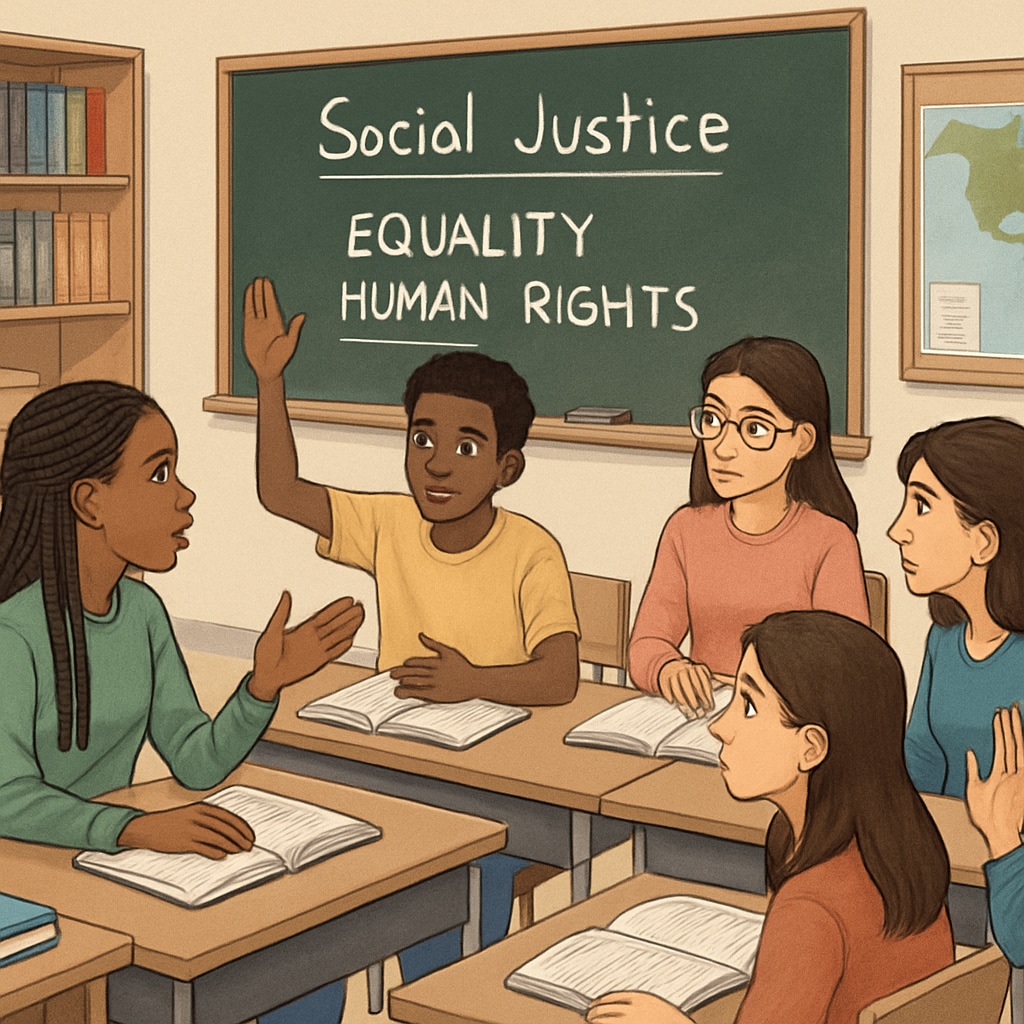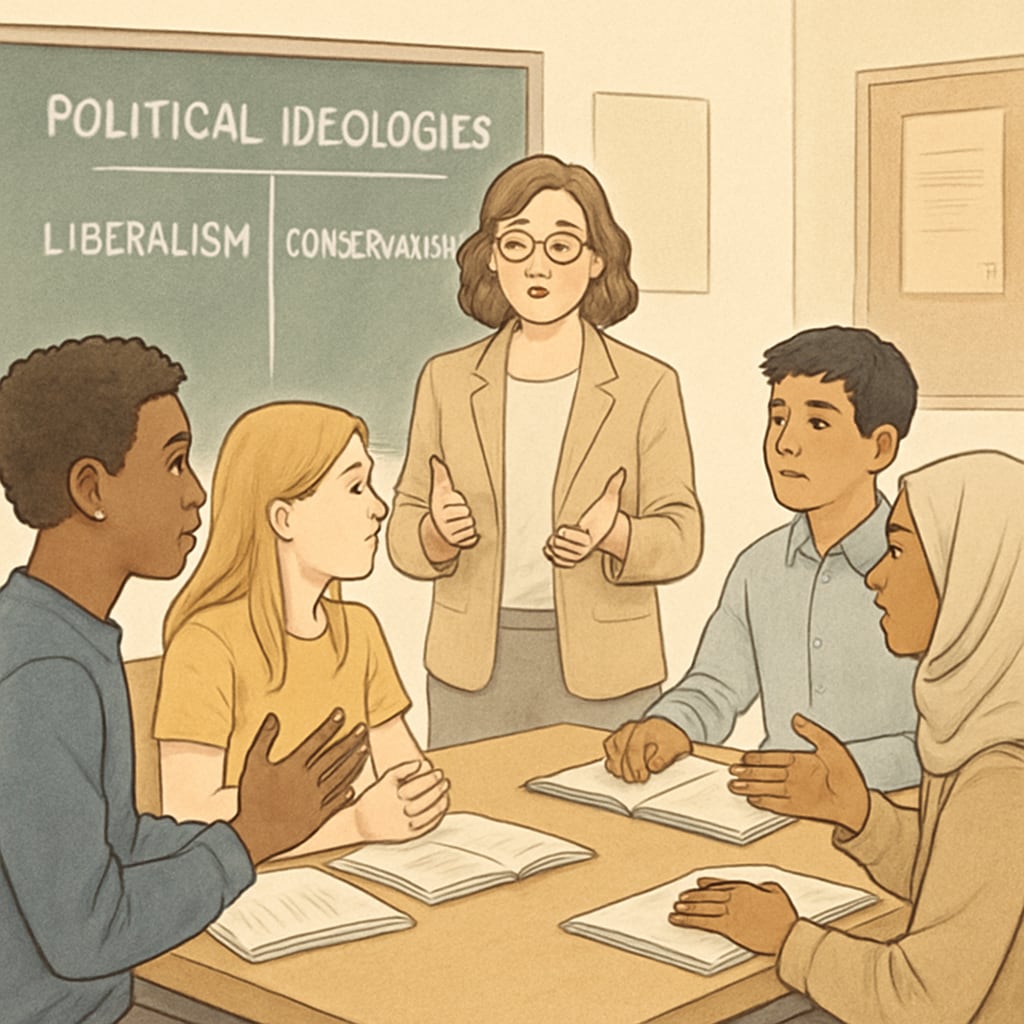Recent research on students’ perceptions of campus “wokeness” sheds light on how political ideologies increasingly influence K-12 education environments. This study highlights both the opportunities and challenges presented by the infusion of sociopolitical awareness into schools, offering a window into the evolving dynamics of modern education. As the term “wokeness” becomes a cornerstone in cultural and educational discourse, understanding its impact on students is crucial for educators, policymakers, and parents.
How Students Define Campus Wokeness
For many students, campus wokeness refers to the heightened emphasis on social justice, inclusivity, and equity within educational settings. Schools are increasingly integrating discussions about race, gender, climate change, and other sociopolitical topics into curricula. While proponents argue that these conversations equip students with critical thinking skills for a diverse world, critics caution that such approaches may unintentionally marginalize differing viewpoints or impose ideological rigidity. The study reports mixed reactions among students, with some feeling empowered by these initiatives while others perceive them as overwhelming or unbalanced.

The Impact of Wokeness on Classroom Dynamics
One of the most striking findings from the research is how “wokeness” influences classroom dynamics. Students reported varying experiences, with some describing their classrooms as vibrant spaces for meaningful debate and others highlighting feelings of pressure to conform to dominant narratives. This divergence suggests that while wokeness can foster inclusivity, it also risks stifling open dialogue. For example, a student mentioned feeling hesitant to share conservative views during discussions about climate change, fearing judgment from peers and educators.
Moreover, teachers face challenges in navigating these complexities. Balancing the need to address important societal issues while ensuring a neutral and inclusive environment is no small task. Resources such as professional development programs focused on unbiased facilitation may help educators bridge this gap.

Long-Term Implications for K-12 Education
The integration of sociopolitical themes into education has far-reaching implications. On the positive side, students are being exposed to diverse perspectives, preparing them for a world that increasingly values cultural competency. However, the research also underscores the importance of ensuring that schools remain spaces for intellectual freedom and critical inquiry. Overemphasis on any one ideology—whether progressive or conservative—could inadvertently hinder students’ ability to develop independent thought.
For educators and administrators, this means recognizing the diverse needs of their student populations and fostering environments where all voices can be heard. Policies promoting balanced curricula and encouraging respectful dialogue are essential in achieving this goal. External resources, such as Education and Politics on Wikipedia, can provide valuable insights into navigating sociopolitical challenges in learning environments.
As a result, schools must continually adapt to meet the needs of an evolving society. Collaboration between stakeholders—students, educators, parents, and policymakers—is critical to ensuring that the infusion of wokeness into education enriches rather than divides.
What Students Want Moving Forward
Students voiced several recommendations for improving the infusion of wokeness into their schools. Key suggestions included:
- Creating spaces for open dialogue where all viewpoints are respected.
- Offering balanced curricula that present multiple perspectives on controversial issues.
- Providing professional development for teachers to facilitate unbiased discussions.
- Encouraging students to critically evaluate sociopolitical topics rather than passively accept them.
These insights reflect students’ desire for schools to prioritize intellectual freedom while remaining committed to social progress. For more information on fostering critical thinking in education, read about critical thinking on Britannica.
Readability guidance: Short paragraphs and lists are used to enhance readability. Active voice is prioritized, and transitions such as “for example,” “however,” and “as a result” are incorporated throughout the text to ensure smooth flow.


